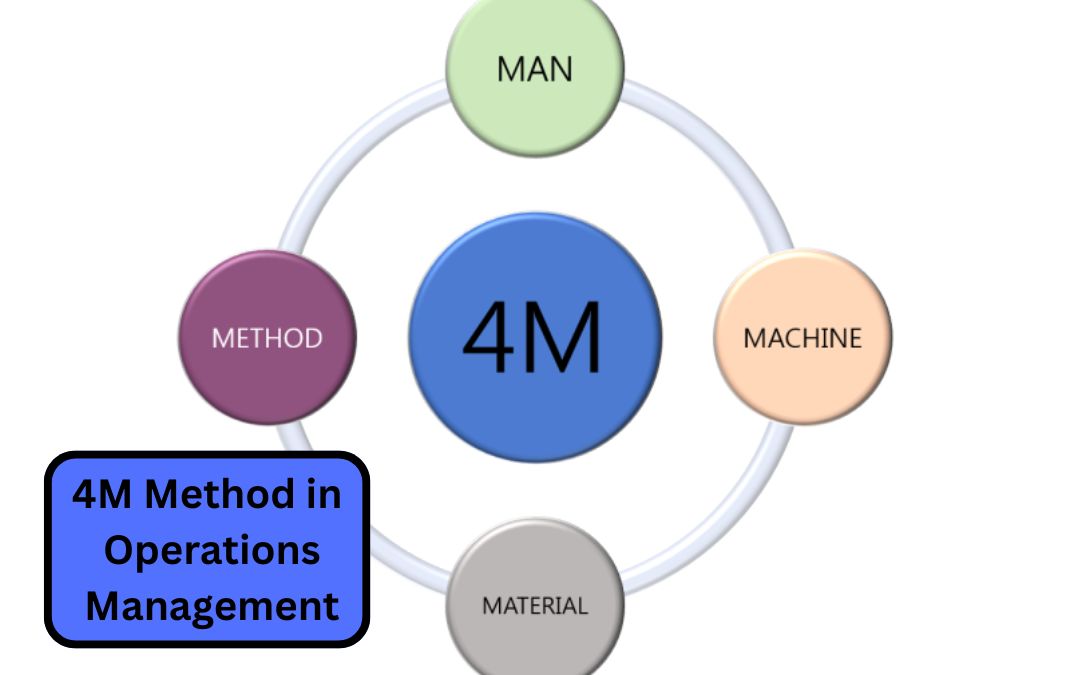How planning production wisely can save time, money, and stress
Most of us use schedules in our everyday life — we plan meetings, appointments, and errands. But in the business world, scheduling becomes a powerful tool that can make or break how smoothly a company runs. In operations management, especially in manufacturing, scheduling is used to plan the flow of production, manage time, resources, and deliver quality products on time.
Let’s break it down in simple terms — what scheduling really means, the types used, the benefits and challenges, and how it all fits into the production puzzle.
What Is Production Process Scheduling?
Production scheduling is the process of planning and organizing what gets made, when it gets made, and with which resources. It ensures that raw materials, machines, and manpower are used efficiently to deliver products to customers on time.
There are 3 main types of schedules in production:
- Master Production Schedule (MPS) – A detailed plan that shows what products will be made and when.
- Production Activity Control (PAC) – Tracks the progress of each production order through the system.
- Capacity Planning – Makes sure the factory has enough resources (like workers and machines) to meet demand.
What Is Scheduling in Operations Management
In operations management, scheduling is about setting the right timeline for each task involved in production. It answers these questions:
- When does each task start and finish?
- Which machines and workers are assigned?
- In what sequence will the tasks be done?
Smart scheduling helps companies minimize waste, reduce delays, and boost output.
Common Production Scheduling KPIs
KPIs (Key Performance Indicators) help track how well a production schedule is working. Here are the main ones:
| KPI | What It Measures |
|---|---|
| On-time Delivery | Are products being delivered when promised? |
| Setup Time | How long does it take to get machines ready for new production |
| Cycle Time | Time taken to complete one unit of product |
| Changeover Time | Time taken to switch from one product to another |
| Scrap Rate | Percentage of defective or wasted products |
| Downtime | Time when machines are not working due to issues or maintenance |
Stages of Production Scheduling
Here’s how a production schedule is usually developed:
- Forecasting – Estimate customer demand in advance.
- Planning – Create a rough plan for production based on demand, inventory, and resources.
- Sequencing – Decide the order in which jobs should be done.
- Scheduling – Assign time, equipment, and manpower to each task.
- Releasing – Give the go-ahead to begin production.
- Monitoring & Control – Track the progress and make adjustments when things go off track.
Types of Production Scheduling
Depending on how a company manufactures products, different scheduling methods are used:
1. Make-to-Stock (MTS)
Products are made in advance and kept in stock. This is ideal for goods with steady demand, like packaged foods or toiletries.
2. Make-to-Order (MTO)
Production begins after an order is received. Best for custom or personalized items, like tailored clothing or machinery parts.
3. Mixed Mode
A hybrid approach — part of the product is pre-made, and the rest is finished after the order is placed. This is useful when you want both speed and customization.
Steps to Optimize Production Scheduling
To get the most out of your schedule, follow these steps:
- Know your products and their production needs.
- Understand how many you need to make and when.
- Evaluate your available resources (people, machines, materials).
- Estimate how long each task will take.
- Consider any constraints (like deadlines, maintenance, or labor availability).
- Use software tools or manual charts to develop the best sequence and timing.
Benefits of Good Production Scheduling
| Benefit | Why It Matters |
|---|---|
| Better Coordination | Keeps teams aligned and avoids confusion |
| Improved Resource Use | Reduces idle time and boosts productivity |
| Higher Product Quality | Ensures consistent output with fewer defects |
| Lower Inventory Costs | Prevents overstocking and saves storage space |
| Reduced Costs | Less waste, less overtime, better efficiency |
| Customer Satisfaction | Timely delivery leads to happy and repeat customers |
Challenges in Scheduling
Despite its benefits, scheduling isn’t always easy. Here are some common hurdles:
- Lack of data: Missing information can ruin an otherwise great schedule.
- Sudden changes: Delays, breakdowns, or new priorities can cause major disruptions.
- Long lead times: Items with long production cycles can be hard to schedule precisely.
- Complex dependencies: One small change can affect several other parts of the schedule.
Role of a Production Manager
A production manager is the person who:
- Plans and creates production schedules
- Ensures deadlines and quality standards are met
- Coordinates machines, materials, and workers
- Handles issues during production (like breakdowns or delays)
- Works on improving efficiency and reducing costs
In short, they are the backbone of the production floor, making sure everything runs like clockwork.
Conclusion
Scheduling in operations management isn’t just about putting tasks on a calendar. It’s about balancing time, resources, and demand in a way that helps businesses grow, cut waste, and keep customers happy.
Whether you’re running a small workshop or a massive factory, mastering the art of scheduling will help you stay ahead of the competition.
FAQs
Q1. Why is scheduling important in production?
Scheduling helps in timely delivery, efficient use of resources, and cost control — all essential for profitability.
Q2. What software is used for scheduling?
Tools like SAP, Oracle, Microsoft Project, and custom ERP systems are commonly used.
Q3. What’s the difference between MTS and MTO?
MTS makes goods before orders are placed, while MTO waits for an order before starting production.
Q4. Can scheduling be done manually?
Yes, especially in small setups, but large businesses often use software to handle complex schedules.
Q5. What happens if production is not properly scheduled?
You may face delays, higher costs, machine downtime, and unhappy customers.












